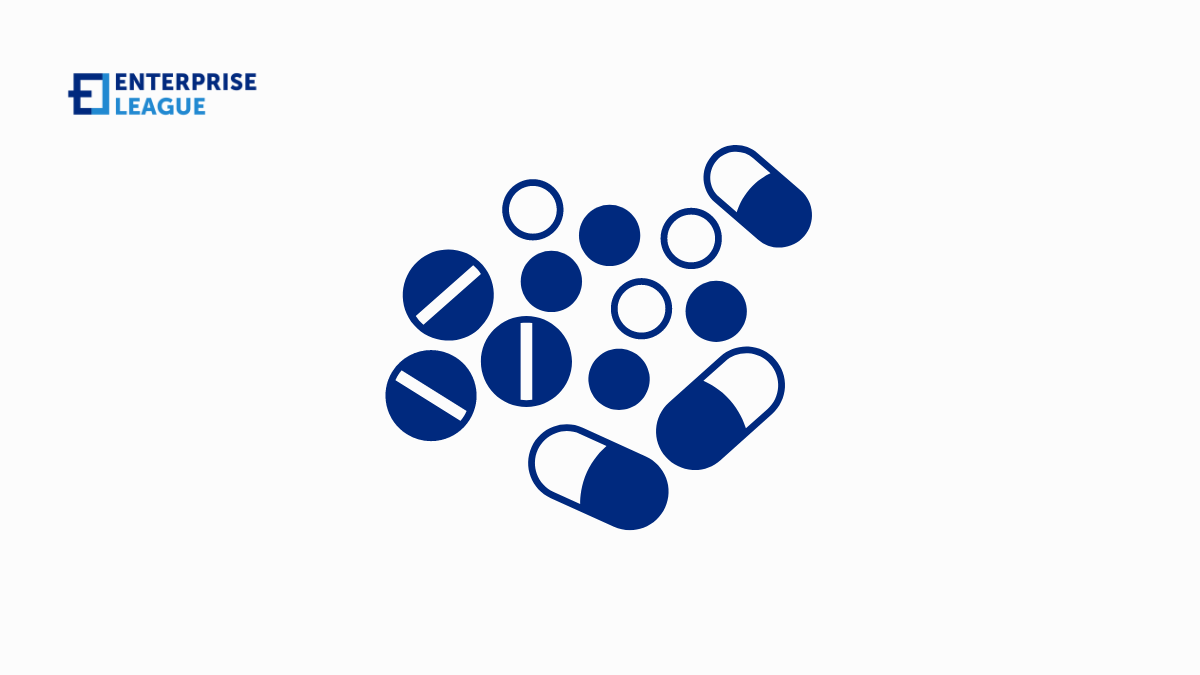Falsified drugs, often indistinguishable from their legitimate counterparts, infiltrate markets worldwide, jeopardizing the well-being of unsuspecting consumers. This silent menace demands our attention, as its consequences extend far beyond individual health concerns, affecting communities, healthcare systems, and even economies.
Public health crisis
At the forefront of the concern surrounding falsified drugs is the profound impact on public health. These substandard and counterfeit medications, often containing incorrect or insufficient active ingredients, can lead to treatment failure, worsening of diseases, and even death. Individuals relying on medications for chronic conditions, such as diabetes or hypertension, may unknowingly be exposed to life-threatening risks. The pervasive nature of falsified drugs exacerbates the challenge, with the World Health Organization estimating that around 10% of drugs available globally are falsified.
Drug resistance and treatment failures
The use of falsified drugs contributes significantly to the emergence of drug-resistant strains of diseases. Incomplete or inadequate doses not only fail to treat the targeted infection but also create an environment conducive to the survival and proliferation of resistant pathogens. This jeopardizes the efficacy of legitimate medications, rendering once-treatable diseases increasingly difficult to manage. The global rise of antimicrobial resistance, fueled in part by the proliferation of falsified antibiotics, underscores the urgent need for collective action.
Undermining trust in healthcare systems
The prevalence of falsified drugs erodes trust in healthcare systems, jeopardizing the patient-physician relationship. When individuals experience treatment failures or adverse effects, they may lose faith in the medications prescribed and the healthcare providers overseeing their care. This erosion of trust can have cascading effects, with patients becoming hesitant to seek medical help or comply with prescribed regimens, leading to further health complications.
Economic implications
Beyond individual health concerns, the economic ramifications of falsified drugs are substantial. The pharmaceutical industry suffers direct financial losses due to counterfeit products mimicking their brands. Moreover, the economic burden of treating drug-resistant infections and addressing public health crises resulting from the use of substandard medications is considerable. Countries grappling with the consequences of falsified drugs face increased healthcare costs, decreased productivity, and strained resources.
Globalization and cross-border threats
In an interconnected world, falsified drugs exploit the intricacies of global supply chains, making their way across borders with ease. The international trade of pharmaceuticals provides ample opportunities for criminal networks to introduce counterfeit products into the legitimate market. Addressing the issue requires coordinated efforts at the global level, involving governments, pharmaceutical companies, regulatory bodies, and law enforcement agencies. The failure to act collectively allows falsified drugs to persist and proliferate, posing a threat that transcends national boundaries.
Inadequate regulatory measures
The challenge of falsified drugs is exacerbated by regulatory gaps and weaknesses in many regions. Insufficient regulatory oversight and enforcement create loopholes that criminals exploit to introduce counterfeit medications into the market. Strengthening regulatory frameworks, improving surveillance, and enhancing collaboration between regulatory agencies globally are imperative to curb the circulation of falsified drugs.
Real-time intelligence and remediation
An essential component of strategies designed to discover and remove SF drugs from the supply chain must incorporate the testing of products to determine their quality and safety. The targeted introduction of chemical analysis where these medicines are located in the supply chain – hospitals, pharmacies, warehouses, manufacturer inventories and the like – provides actionable information for stakeholders to issue alerts, sequester questionable products for further testing, replace suspect shipments, purchase alternative medicines, and monitor patient status, among other interventions.
The ARTiFACTS Verify platform offers an integrated approach to identifying substandard and falsified drugs that have entered the pharmaceutical supply chain:
- Identification of suspect medicines through on-site testing at any point in the supply chain using paper analytical device technology that is cost-effective and requires minimal training.
- Confirmation of the properties of medicines failing the initial test through further testing at specialist labs, using advanced scientifically recognized techniques, including high-performance liquid chromatography, mass spectroscopy, among others.
- Organization of all data captured for managing workflows, analyzing and reporting results.
- Coverage of over half of WHO’s 600 Essential Medicines.
Enhanced data security by recording results on a purpose-built blockchain provides an immutable record of test results, including active pharmaceutical ingredients, product origin, manufacturer and other data essential for effective intervention.
Conclusion
The implications of substandard and counterfeit medications extend beyond individual health concerns, impacting public health, contributing to drug resistance, eroding trust in healthcare systems, and imposing significant economic burdens.
The interconnected nature of the pharmaceutical supply chain underscores the need for collaborative initiatives to strengthen regulatory measures, enhance surveillance, and prosecute those responsible for the production and distribution of falsified drugs.
More must-read stories from Enterprise League:
- Proven and tested psychological tactics for successful marketing.
- Get inspired from this list of creative small business ideas.
- Learn how to deal with being proffesionally ghosted like an expert.
- B2B payment solutions that can help you transform your business.
- Learn how to deal with rude customers in a creative way.
Related Articles
What Are the Top-Rated Fuel Cards for Businesses Operating Nationwide
Fuel expenses can eat into operational costs and profits if left unchecked. The bigger the fleet a company has, the more significant the loss. Specialized fuel cards emerge as a viable solution to boosting fuel savings, security, and streamlining expense management....
How do I reserve a space for a trade show in Pennsylvania
Trade shows are excellent business opportunities. Your upcoming event should occur in a space big enough to hold all participating brands while leaving room for visitors. Learning how to reserve a space for a trade show in Pennsylvania will help you find the best...
What Are the Best Event Venues for Corporate Meetings?
Finding the perfect event venue for your corporate meetings requires careful consideration of location, amenities, accessibility and reputation. The best venues provide excellent audio-visual capabilities, flexible meeting spaces, and professional decor options to...
What Are the Top-Rated Fuel Cards for Businesses Operating Nationwide
Fuel expenses can eat into operational costs and profits if left unchecked. The bigger the fleet a company has, the more significant the loss. Specialized fuel cards emerge as a viable solution to boosting fuel savings, security, and streamlining expense management....
How do I reserve a space for a trade show in Pennsylvania
Trade shows are excellent business opportunities. Your upcoming event should occur in a space big enough to hold all participating brands while leaving room for visitors. Learning how to reserve a space for a trade show in Pennsylvania will help you find the best...






